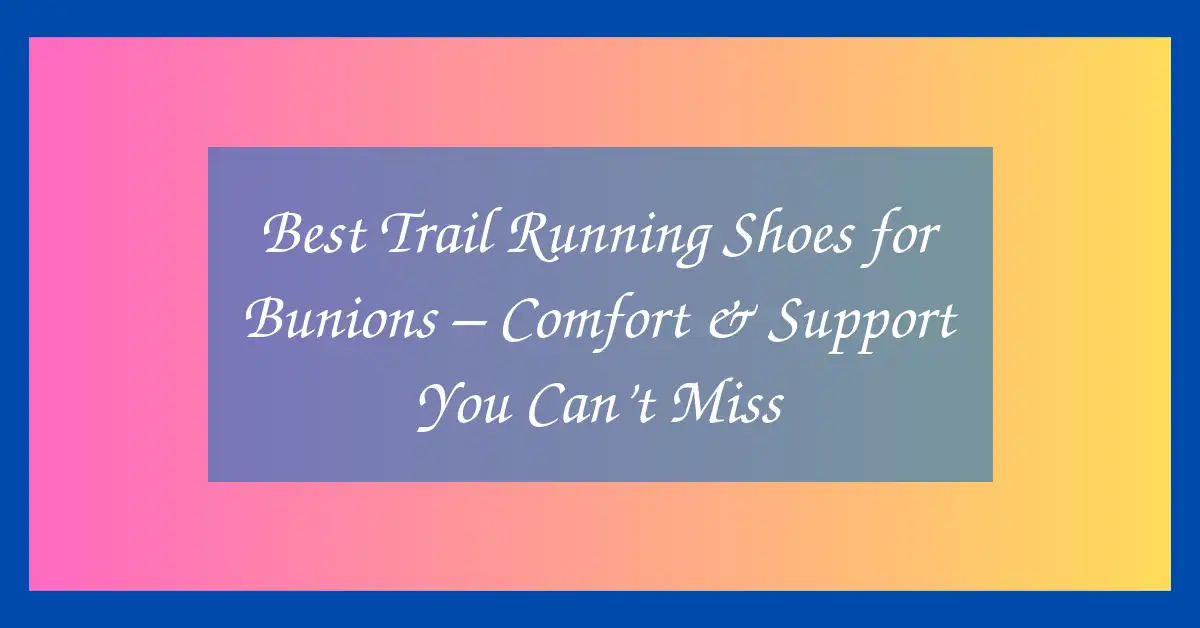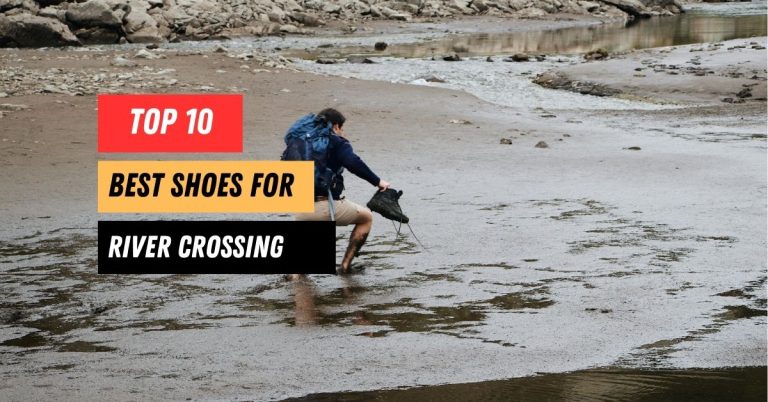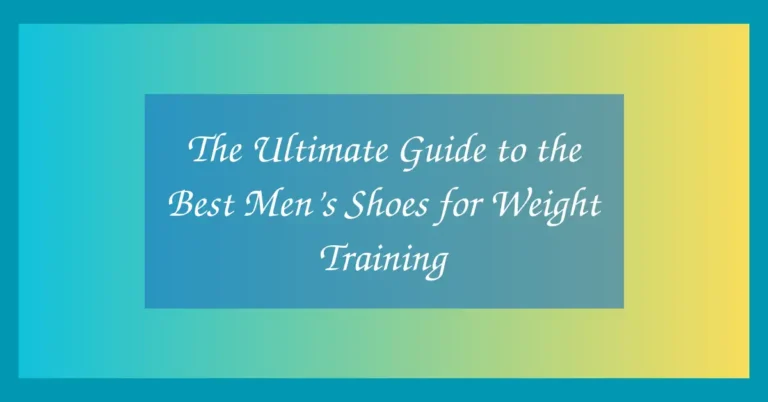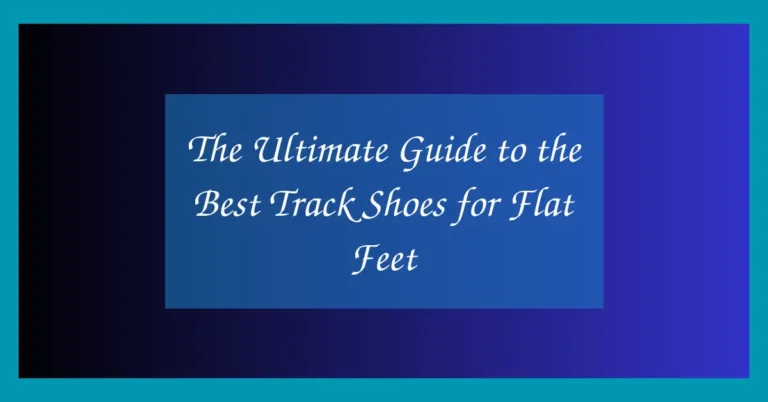Best Trail Running Shoes for Bunions – Comfort & Support You Can’t Miss
Finding the right trail running shoes can be a game-changer especially for those dealing with bunions. The Best Trail Running Shoes for Bunions offer extra room in the toe box, enhanced cushioning, and strategic design to minimize pressure on sensitive areas, making long runs less painful and more enjoyable.
While trail shoes are built to handle rugged terrain, those with bunions need to consider more than just grip and durability. Comfort, fit, flexibility, and bunion-specific support become critical. This guide explores the best trail running options that balance performance with bunion relief.
Best Trail Running Shoes for Bunions
1. Altra Lone Peak 7
The Altra Lone Peak 7 is a trail runner’s dream, especially for runners with bunions. It features Altra’s signature FootShape™ toe box, which provides generous space for toe splay and bunion comfort. The design minimizes lateral pressure, allowing your foot to spread naturally.
Its Balanced Cushioning platform keeps the heel and forefoot at an equal distance from the ground, promoting better alignment. This reduces stress on the foot joints ideal for those dealing with bunion pain. The zero-drop design also encourages midfoot striking, which can further reduce impact.
The MaxTrac™ outsole offers excellent grip on rugged terrain, while the updated upper material enhances breathability and durability. Despite its rugged profile, the shoe remains surprisingly lightweight and responsive, keeping runs comfortable over various surfaces.
Runners praise the Lone Peak 7 not just for its performance but for its accommodating fit that doesn’t pinch or squeeze bunion-prone areas. It’s a well-rounded option for technical and casual trails alike.
Pros
- Wide FootShape™ toe box for bunion relief
- Excellent trail traction
- Zero-drop promotes natural foot strike
Cons
- Not ideal for runners who prefer heel cushioning
- Some may find the upper less structured
2. Hoka Challenger 7
The Hoka Challenger 7 delivers plush cushioning and a roomy forefoot, making it one of the most bunion-friendly trail running shoes. Its Early Stage Meta-Rocker geometry promotes a smooth ride while reducing foot strain on uneven trails.
Hoka’s signature CMEVA midsole offers shock absorption without losing responsiveness. The upper mesh is engineered for breathability and flexibility, allowing natural foot swelling without compressing the bunion area.
The shoe’s versatile outsole is designed for both trail and road transitions, making it suitable for mixed terrain. The wide fit option is particularly beneficial for runners needing extra space in the forefoot zone.
Whether you’re new to trail running or logging long distances weekly, the Challenger 7 offers comfort and stability without sacrificing the space needed for bunions.
Pros
- Wide fit available
- Plush cushioning for comfort
- Breathable, flexible upper
Cons
- Midfoot might feel too loose for narrow feet
- Grip could be more aggressive for technical trails
3. Brooks Cascadia 17
The Brooks Cascadia 17 combines trail toughness with surprising comfort, making it a smart choice for bunion-prone runners. It features a roomy toe box and a secure yet non-restrictive fit that avoids aggravating sensitive areas.
The DNA LOFT v2 midsole cushioning adapts to each step while offering stability, even on rugged surfaces. A rock plate embedded in the midsole shields your foot from sharp debris without making the shoe overly stiff.
The TrailTack rubber outsole ensures grip on both dry and wet terrain. Meanwhile, the engineered mesh upper flexes with the foot, reducing pressure points around the bunions.
If you’re looking for a stable, protective trail shoe that accommodates foot deformities without compromising performance, the Cascadia 17 delivers a confident run on every terrain.
Pros
- Spacious toe box reduces bunion pressure
- Great traction across terrain
- Protective rock plate included
Cons
- Slightly heavier than some trail shoes
- Less ground feel due to cushioning
4. Topo Athletic Ultraventure 3
Known for natural foot-shaped designs, the Topo Ultraventure 3 is crafted with bunion comfort in mind. It features a high-volume forefoot that gives toes and bunions ample space to relax during long trail runs.
Underfoot, a 35mm stack height of cushy ZipFoam™ provides ample shock absorption. Despite the maximal cushioning, the shoe retains a lightweight feel that helps reduce foot fatigue over long distances.
The Vibram® XS Trek EVO outsole offers excellent grip on rocky and loose trails. Additionally, the upper is reinforced for durability yet remains flexible enough to prevent irritation in sensitive areas like bunions.
The Ultraventure 3 is perfect for runners looking for high-cushion support with anatomical comfort, especially on back-to-back training days or multi-hour hikes.
Pros
- Generously wide toe box
- High-stack cushioning with good rebound
- Excellent outsole grip
Cons
- Fit may feel too roomy for narrow feet
- Not designed for high-speed trail racing
5. Saucony Peregrine 13
The Saucony Peregrine 13 offers a low-profile trail shoe with surprisingly good bunion support. It features a slightly wider forefoot and a soft, flexible mesh upper that adapts to foot swelling during long efforts.
Its PWRRUN foam midsole strikes a balance between cushioning and ground feel, while the rock plate provides underfoot protection on rough terrain. The aggressive lugs dig deep into dirt and mud for secure footing.
Thanks to its lightweight construction and breathable upper, it remains comfortable even in hot conditions. The structure avoids overly rigid overlays near the bunion area, allowing pressure-free movement.
Overall, the Peregrine 13 is a versatile option for runners who want responsive, lightweight trail shoes that don’t compromise bunion comfort.
Pros
- Responsive ride with rock protection
- Mesh upper flexes to relieve bunion stress
- Excellent traction in all conditions
Cons
- Toe box may not be wide enough for severe bunions
- Minimal arch support
6. New Balance Fresh Foam Hierro v7
The New Balance Fresh Foam Hierro v7 delivers plush cushioning with a wider toe box, making it ideal for trail runners with bunions. The Fresh Foam X midsole provides soft landings and excellent shock absorption across varied terrains.
One standout feature is the engineered mesh upper that flexes naturally with the foot, reducing pressure on the sides where bunions typically form. The gusseted tongue adds comfort and keeps debris out while preventing foot movement inside the shoe.
Vibram® Megagrip outsole gives the shoe top-tier traction on both wet and dry trails. Though it’s built for rugged use, the shoe retains a stylish, athletic look that can transition off-trail.
If you’re after a well-cushioned, comfortable shoe that accommodates foot deformities like bunions without feeling bulky, the Hierro v7 is a reliable pick.
Pros
- Fresh Foam X provides soft comfort
- Wide toe box option available
- Durable Vibram® outsole for grip
Cons
- Heavier than average trail runners
- May run slightly warm in hot weather
7. Merrell Moab Flight
The Merrell Moab Flight is a trail running shoe that blends moderate cushioning with a roomy toe box. It’s especially suitable for runners seeking bunion-friendly options that still offer trail-ready protection and eco-friendly materials.
The FloatPro™ foam midsole offers lightweight cushioning and smooth transitions. It includes a rock plate and padded heel collar to stabilize the foot while reducing impact on uneven terrain.
The upper is made from 70% recycled mesh, which is breathable and adapts well to swollen or sensitive feet. The forefoot design avoids stiff overlays, making it more forgiving for bunion-prone runners.
This is a great everyday trail trainer for those who prefer comfort and simplicity in a shoe that won’t aggravate foot issues.
Pros
- Eco-friendly materials
- Flexible upper with roomy fit
- Lightweight and cushioned ride
Cons
- Less aggressive grip on wet rock
- Not ideal for ultra distances
8. Salomon Sense Ride 5
The Salomon Sense Ride 5 is known for its versatile performance, and its redesigned upper provides improved flexibility around the forefoot great news for bunion sufferers. The SensiFit™ system gently cradles the foot without squeezing it.
Its Energy Foam midsole offers a comfortable and responsive ride across both trails and roads. The All Terrain Contagrip® outsole ensures solid grip on mixed surfaces, whether dry or slick.
The upper material has been softened compared to previous versions, making it more forgiving around the bunion area. It’s also highly breathable, keeping your feet cool on long trail adventures.
If you’re after a performance-driven trail shoe that doesn’t sacrifice comfort in the toe area, the Sense Ride 5 is worth checking out.
Pros
- Responsive midsole cushioning
- Forefoot fit improved for bunions
- Grippy outsole for multi-surface use
Cons
- Quicklace system may feel tight for wide feet
- Less padding in the tongue area
9. La Sportiva Jackal II
The La Sportiva Jackal II offers a surprising amount of comfort for a rugged trail runner, with a wider toe box than many of the brand’s other shoes. It’s designed for long-distance runners who need both durability and foot space.
It includes Infinitoo™ PU inserts in the midsole for shock absorption and energy return. This keeps the foot supported and reduces joint stress on long, rocky runs.
The upper mesh has been updated for better breathability and stretch, and the lack of bulky overlays in the toe box means less friction for bunions. It also includes a gusseted tongue and wraparound fit that stays secure but gentle.
The Jackal II is ideal for serious trail runners who also require room in the forefoot to stay pain-free during endurance efforts.
Pros
- Roomier fit than previous La Sportiva shoes
- High-performance outsole for technical terrain
- Energy-saving cushioning system
Cons
- May feel stiff during break-in
- Not the lightest option for racing
10. Altra Olympus 5
The Altra Olympus 5 is a max-cushioned trail shoe with an ultra-wide toe box, making it one of the most bunion-friendly options on the market. It features Altra’s Original FootShape™ design, giving toes plenty of room to spread naturally.
Its plush midsole delivers comfort on ultra-long runs, while the Vibram® Megagrip outsole offers dependable traction. This combo makes the Olympus 5 suitable for rocky paths, dirt trails, and everything in between.
The engineered mesh upper promotes airflow and adapts well to wider feet. Despite the high stack height, the shoe remains stable thanks to its broad platform and low-impact zero-drop design.
If comfort, space, and grip are your top priorities, the Olympus 5 checks all the boxes for bunion-prone trail runners.
Pros
- Extra-wide toe box
- Superior cushioning for long runs
- Excellent grip from Vibram® outsole
Cons
- Less ground feel due to max cushioning
- Bulky look might not appeal to all
| Product Name | Toe Box Width | Midsole Cushion | Outsole Grip | Best For |
|---|---|---|---|---|
| Altra Lone Peak 7 | Very Wide | Moderate Cushion | Strong Traction | Technical Trails |
| Hoka Challenger 7 | Wide (Available) | Plush Cushion | All-Terrain Grip | Mixed Surfaces |
| Brooks Cascadia 17 | Moderate Width | Supportive Cushion | Wet & Dry Grip | Stability Seekers |
| Topo Ultraventure 3 | Wide Forefoot | High Cushion | Trail-Specific | Long Distances |
| Saucony Peregrine 13 | Slightly Wide | Balanced Feel | Deep Lugs | Speed & Agility |
| NB Hierro v7 | Wide Option | Soft Cushion | Vibram Grip | Cushioned Comfort |
| Merrell Moab Flight | Roomy Toe | Light Cushion | Reliable Grip | Eco-Conscious Users |
| Salomon Sense Ride 5 | Improved Fit | Responsive Feel | Contagrip® | Hybrid Trails |
| La Sportiva Jackal II | Wider Than Usual | Firm but Supportive | Technical Grip | Endurance Runners |
| Altra Olympus 5 | Extremely Wide | Max Cushion | Top-Tier Grip | Ultra Distances |
Best Trail Running Shoes for Bunions Buying Guide
Look for a Wide Toe Box
The most important factor for bunion sufferers is toe space. A wide or foot-shaped toe box prevents compression around the bunion, allowing toes to spread naturally. Trail shoes like those from Altra and Topo Athletic are known for their roomy forefoot designs that reduce friction and pain during runs.
Prioritize Cushioning and Shock Absorption
Trail surfaces can be unforgiving, and runners with bunions benefit from extra cushioning that reduces impact. Look for midsoles made from EVA, Fresh Foam, or proprietary blends like Hoka’s CMEVA or Altra’s EGO. These materials soften the blow while maintaining stability and responsiveness.
Choose Breathable and Flexible Uppers
Stiff uppers with tight overlays can aggravate bunions. Instead, choose shoes with breathable mesh uppers that allow your foot to swell naturally without added pressure. Flexibility in the upper also helps reduce irritation around the bunion zone.
Check Outsole Grip Based on Terrain
Even with a bunion-friendly fit, your trail shoes still need solid grip. Choose deeper lugs and aggressive rubber compounds like Vibram® or Contagrip® if you run in mud, rocks, or steep trails. Moderate grip works fine for flatter or mixed surfaces.
Consider Heel-to-Toe Drop
A lower heel-to-toe drop (4mm or less) can promote a more natural gait and reduce forefoot stress. Runners dealing with bunions often benefit from neutral or zero-drop platforms, like those offered by Altra and Topo, which help balance impact across the foot.
FAQ
Can I trail run with bunions?
Yes, you can trail run with bunions, but it’s important to choose shoes designed to reduce pressure on the bunion area. Look for wide toe boxes, flexible uppers, and soft cushioning. With the right footwear, trail running is both possible and comfortable.
Are wide shoes always better for bunions?
While wide shoes help, the key is a wide toe box not necessarily a wide overall fit. Some runners may have a normal midfoot and heel but still need extra space in the forefoot. Look for brands that emphasize anatomical or foot-shaped designs.
Do trail shoes with rock plates hurt bunions?
Not usually. Rock plates are embedded in the midsole to protect against sharp terrain. They typically don’t interfere with the forefoot area where bunions occur. In fact, a well-designed shoe with a rock plate can reduce strain on the foot.
What’s the best trail shoe brand for bunions?
Brands like Altra, Topo Athletic, and Hoka are among the best for bunion-friendly designs. Altra and Topo are especially praised for their naturally wide toe boxes, while Hoka offers plush cushioning with wide-fit options for comfort and support.
How can I prevent bunion pain while trail running?
Choose proper shoes, wear moisture-wicking socks, and avoid overly tight lacing. Stretching before runs and using toe spacers post-run can also reduce bunion discomfort. Consistency in foot care and footwear selection makes a noticeable difference over time.
Should I go up a size for bunion relief?
Not necessarily. Sizing up can sometimes help, but it might also lead to heel slippage or instability on trails. It’s better to find a shoe designed with a wide forefoot that matches your foot size, rather than compensating with longer length.
Verdict
If you’re dealing with bunions and still love trail running, the right footwear can completely transform your experience. Shoes like the Altra Lone Peak 7 and Olympus 5 offer unmatched space and comfort, while brands like Hoka and Topo balance support with smart design. Prioritize fit, cushioning, and terrain grip to find the pair that lets you run pain-free and confident on any trail.







